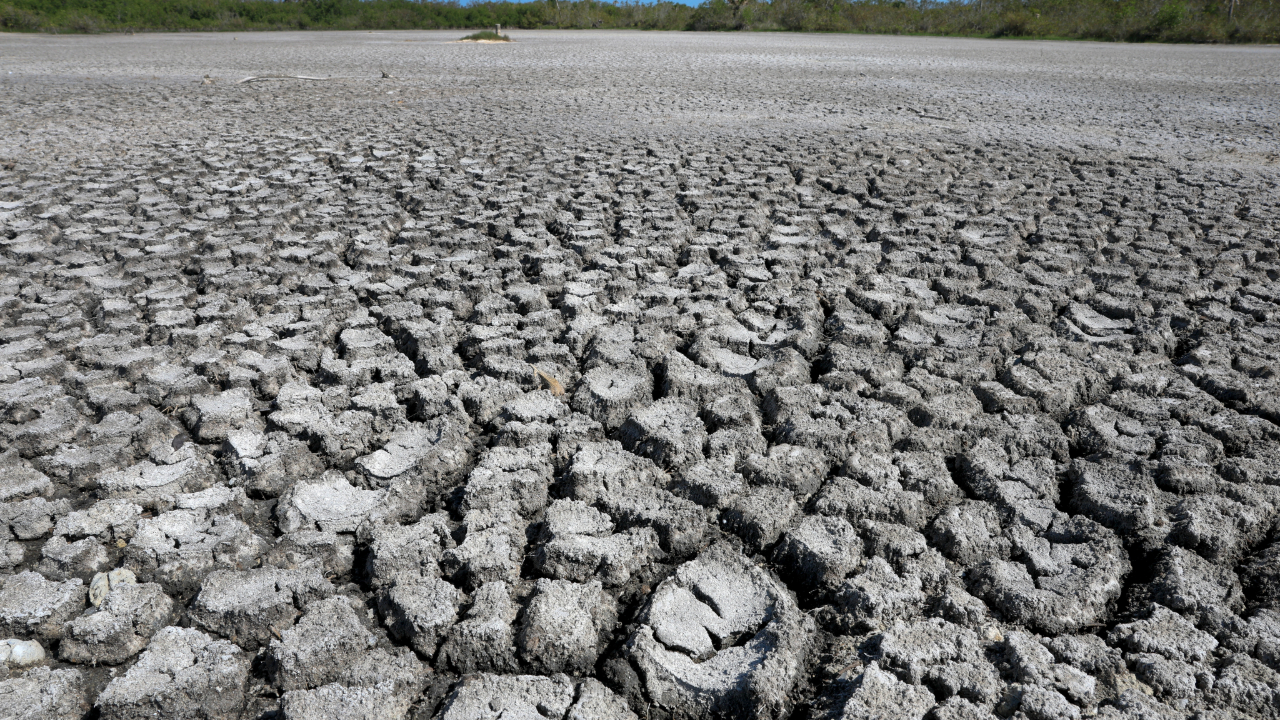Hubble Tune-Up Plans Detailed

Thisstory was updated at 11:45 a.m. ET.
AUSTIN, Texas — The orbiting space telescope thatjust won't quit collecting gobs of celestial data well beyond its expectedtwilight is set for a major tune-up and upgrade, NASA scientists announcedtoday here at a meeting of the American Astronomical Society.
This servicingmission will be the Hubble Space Telescope's fifth and last.
Word todayis that the Space Shuttle Atlantis could lift off in August with a crew ofseven astronauts and cargo of equipment, tools and new instruments for Hubble.But that launch date could change. "That's dependent upon the shuttleflights between now and the servicing mission," said NASA's Alan Stern,associate administrator for the Science Mission Directorate in Washington, D.C. He added that safety always comes first.
Orbiting atabout 350 miles (563 kilometers) above Earth, Hubble is above the atmosphere anddoesn't have to contend with shifting pockets of air that distort images madeby ground-based telescopes. This atmospheric distortion is the reason stars appearto twinkle.
Hubble'sclear view has meant, for one, that over its 16-plus years in orbit, thetelescope has sent back a spectacular photo albumof sci-fi-like jets from black holes, galaxies in all stages of evolution andsnapshots of planets in our own solar system.
"Hubbleis, without exaggeration, a national treasure," Stern said, "and allof NASA is looking forward to seeing it receive this tune-up and upgrade."
Breaking space news, the latest updates on rocket launches, skywatching events and more!
Thepublic's love for Hubble, along with political pressure, has played a role inNASA's decision to service the observatory, a mission deemed risky compared toother shuttle ventures.
Hubble hugger
During the11-day Hubble service mission, which will include five spacewalks, shuttle astronautswill install two new science instruments plus a set of gyroscopes to helpstabilize the telescope, as well as batteries and thermal blankets to keep theobservatory operating until at least 2013.
Astronautswill also install a soft capture mechanism that will allow a future unmannedspacecraft to dock with Hubble in about 2020 and de-orbit it for a controlled plungeand disposal in the ocean.
Leading thespacewalks will be self-labeled "Hubble Hugger," astronaut JohnGrunsfeld, who had told SPACE.comlast year he wanted to be on the mission.
"Asboth an astronaut and an astronomer, the opportunity to go back to Hubble ismore than a dream come true," said Grunsfeld. "When we left Hubble in2002, I was convinced it would be the last time I would see my friend Hubbletelescope," said Grunsfeld, wearing a NASA flight suit and space gloves.
However, henoted, "This mission promises to be quite challenging."
Forinstance, astronauts will attempt the first-ever on-orbit repair of twoexisting instruments, the Space Telescope Imaging Spectrograph (STIS) and theAdvanced Camera for Surveys (ACS), which failed a year ago this month.
Installedon Hubble in February 1997, the STIS separates incoming light into itsconstituent colors, giving astronomers a chemical map of distant objects. Sinceits deployment, STIS has been critical in the confirmation of black holes atthe centers of galaxies, made the first discovery of an atmosphere around anexoplanet and helped confirm the age of the universe.
Betterscience
Two additionsto Hubble's science cargo will include the Wide Field Camera 3, a"panchromatic" camera, and the Cosmic Origins Spectrograph (COS).
The COS will probe the large-scale structure of the universe, the so-called cosmicweb, in which strands of galaxies transect seemingly empty space like agargantuan 3-D spider web. The universe's invisible "glue," calleddark matter and thought to make up about 85 percent of all matter in theuniverse, gives the web its structure, astronomers say.
Astronomersinfer the existence of the cosmic web just as a child might know a Christmastree exists by looking at the colorful lights that outline its branches.Instead of little bulbs, the stars and galaxies trace out the cosmic web.
In the end,scientists expect to breathe new and improved life into Hubble.
"Ourgoal for this mission is to leave Hubble at the apex of its scientific capabilities,"said David Leckrone, Hubble senior project scientist at NASA's Goddard Space Flight Center in Maryland. The addition of new instruments along with repairs ofothers should give astronomers a full "tool box" for resolving manycosmic conundrums, Leckrone said.
- The Best Hubble Images
- Video: Hubble Repair Missions
- Hubble Special Report
Join our Space Forums to keep talking space on the latest missions, night sky and more! And if you have a news tip, correction or comment, let us know at: community@space.com.

